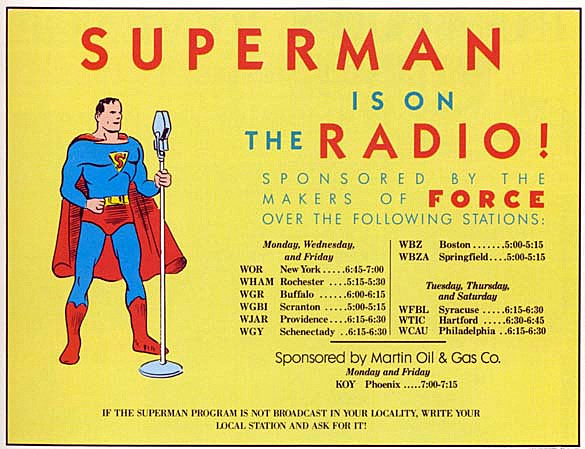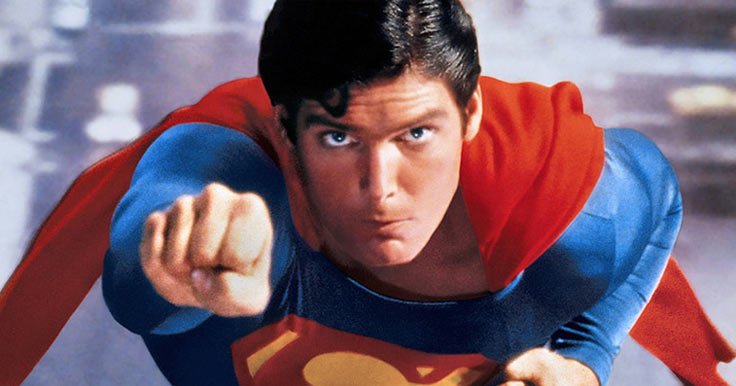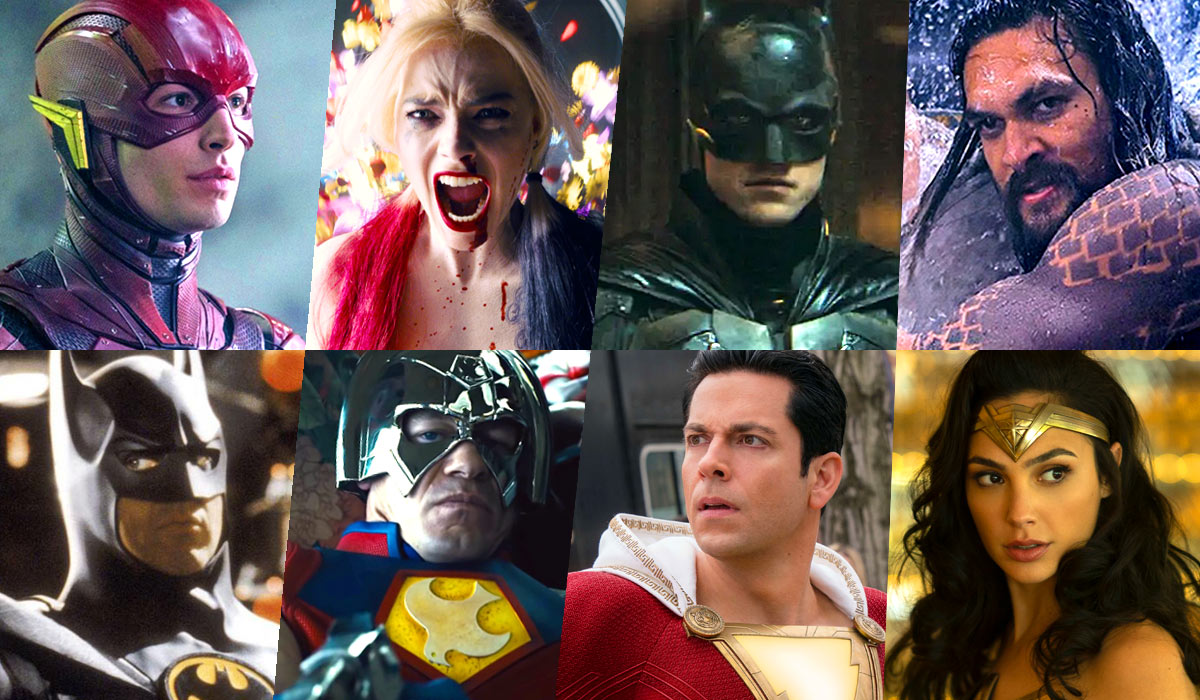Exciting New Releases: ZD Toys Collection
Exciting New Releases: ZD Toys Collection

The Man of Steel: The Origins of Superman in Comics and Movies
September 30, 2023 4 min read
Introduction
Superman, the iconic and enduring symbol of truth, justice, and the American way, has captured the hearts and minds of millions since his debut in Action Comics #1 in 1938. Created by writer Jerry Siegel and artist Joe Shuster, Superman's origin story and evolution from the comic book pages to the silver screen is a fascinating journey through the annals of pop culture history. In this extended article, we will explore the origins of Superman in both comics and movies, tracing his transformation from a humble creation to a global cultural phenomenon.
Part I: The Birth of Superman in Comics
-
The Genesis of Superman
The story of Superman's creation begins in the early 1930s when two young aspiring creators, Jerry Siegel and Joe Shuster, conceived the idea for a super-powered hero. The duo, both from Cleveland, Ohio, were science fiction enthusiasts and aspiring comic book artists. Their early attempts at creating a superhero character led them to a series of rejected pitches and concepts.
-
Superman's First Appearance
It was not until 1938 that Siegel and Shuster finally saw their creation come to life. Action Comics #1, published by Detective Comics Inc. (later known as DC Comics), featured the debut of Superman. The character was an immediate sensation, captivating readers with his incredible powers, dual identity, and dedication to justice.
-
Superman's Origin Story
Superman's origin story is a cornerstone of his character's mythology. Born Kal-El on the planet Krypton, he was sent to Earth by his parents, Jor-El and Lara, just before Krypton's destruction. The infant crash-landed in Smallville, Kansas, where he was discovered and raised by Jonathan and Martha Kent, who named him Clark Kent.
Part II: Superman's Early Comics Adventures
-
The Golden Age of Comics

Superman's early adventures in the comics during the Golden Age of Comics (late 1930s to early 1950s) established many of the character's enduring elements. He fought a variety of colorful villains, including Lex Luthor and the Prankster, and teamed up with other DC heroes, like Batman and Wonder Woman.
-
The Radio Show and Serials

Superman's popularity extended beyond the comic book pages. The character was adapted into a popular radio show, "The Adventures of Superman," which ran from 1940 to 1951, with Bud Collyer voicing the Man of Steel. Additionally, a series of movie serials, starring Kirk Alyn as Superman, were released in the 1940s.
Part III: The Silver Age and Beyond
-
Reimagining the Character

The Silver Age of Comics (late 1950s to early 1970s) brought significant changes to Superman's character. DC Comics reinvented Superman's origin, introducing the concept of a multiverse, which allowed for different iterations of the character. Superman's supporting cast expanded, including characters like Supergirl, Krypto the Superdog, and the Legion of Super-Heroes.
-
Superman in Pop Culture

Superman's cultural impact continued to grow as he became a symbol of hope and optimism during challenging times. His motto, "truth, justice, and the American way," resonated with readers and audiences alike. Superman also inspired a variety of adaptations, including animated series, merchandise, and live-action portrayals.
Part IV: Superman on the Big Screen
-
Christopher Reeve: The Iconic Superman

In 1978, Superman made his big-screen debut in "Superman: The Movie," directed by Richard Donner. Christopher Reeve's portrayal of the character became legendary, and the film was a massive success. It was followed by three sequels, with Reeve reprising his role.
-
The Post-Reeve Era

After Christopher Reeve's tenure, various actors took on the role of Superman in both film and television. Notable portrayals include Dean Cain in the TV series "Lois & Clark: The New Adventures of Superman" and Tom Welling in "Smallville." However, it wasn't until Henry Cavill's portrayal in the DC Extended Universe (DCEU) that Superman returned to the forefront of cinema in the 21st century.
Part V: The Modern Superman
-
The DCEU and Henry Cavill

Henry Cavill first appeared as Superman in "Man of Steel" (2013), directed by Zack Snyder. This film reimagined Superman's origin story, depicting his struggle to find his place in a world that often feared and misunderstood him. Cavill's portrayal continued in "Batman v Superman: Dawn of Justice" (2016) and "Justice League" (2017).
-
Expanding the DCEU

Superman's presence in the DCEU has extended beyond solo films. He has appeared in crossover events like "Justice League" and "Zack Snyder's Justice League." These films have explored the complexities of Superman's character, his relationships with other heroes, and his evolving role as a symbol of hope.
Conclusion
Superman's journey from the pages of Action Comics to the silver screen is a testament to the enduring power of storytelling and the impact of iconic characters in popular culture. Created by Jerry Siegel and Joe Shuster, Superman has evolved over the decades, adapting to the changing times while remaining a symbol of inspiration and aspiration. Whether in comics, radio, serials, or movies, Superman's story continues to capture the imagination of audiences worldwide, ensuring that the Man of Steel will forever be a symbol of heroism and hope.
Subscribe
Sign up to get the latest on sales, new releases and more …
